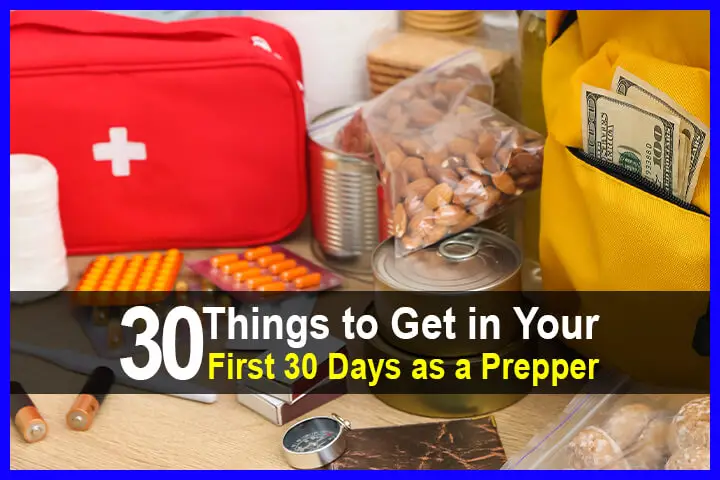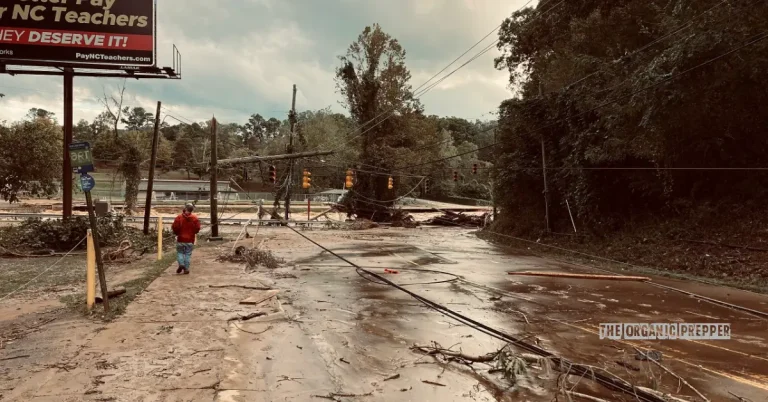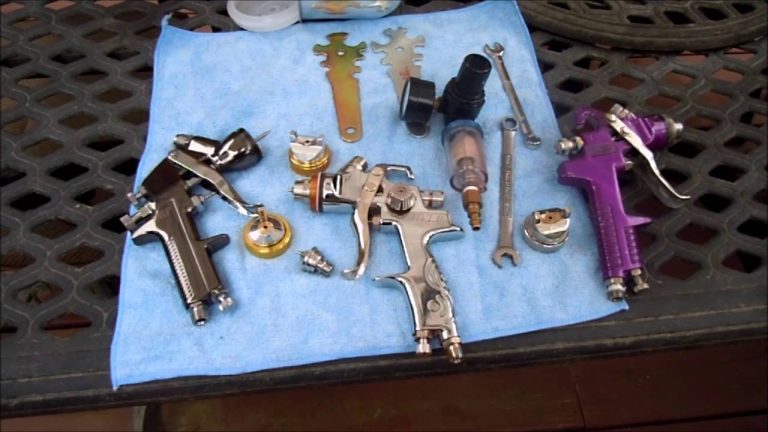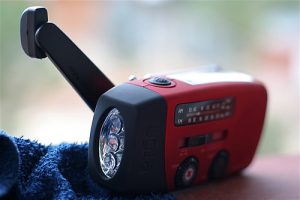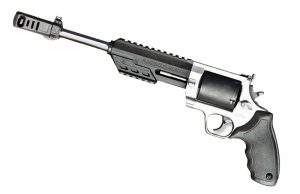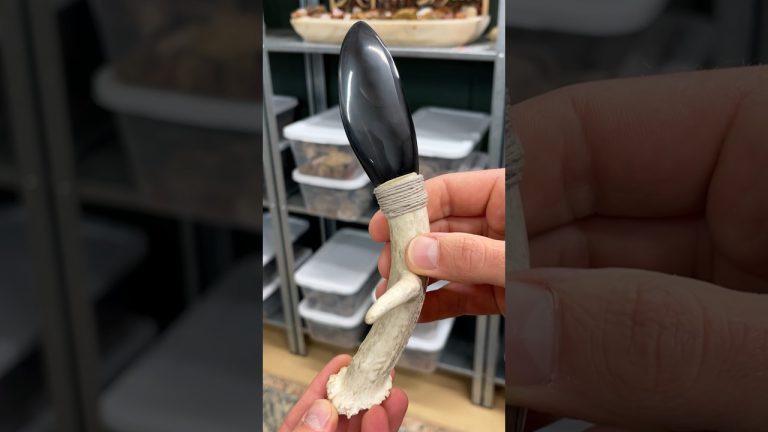Estimated reading time: 14 minutes
I am a confirmed list maker. I make grocery lists, assignment lists, and reminder lists to help me keep organized and on track with my tasks. I also enjoy the feeling of satisfaction when I cross things off my to-do list after I complete them.
If you’ve decided to prep for an emergency, you may be feeling unsure or even overwhelmed about where to start. Maybe a list will help you too.
We’ve put together a 30-day list of things beginning preppers should get. The list is by no means exhaustive, and the items are not listed in order of importance. Also, you’ll notice that we didn’t include food items on this list. We recommend that, in addition to the items on this list, you add some shelf-stable foods to your grocery shopping list each week to build up your supply.
Want to save this post for later? Click Here to Pin It On Pinterest!
Day 1: Water Filter

Having clean water is essential to survival. You can purchase a stationary filter for your home or portable versions for each member of your family to have in their go bags. We like this gravity-powered portable filter for emergency preparedness.
Day 2: Lighters

When the power is out, you’ll come to rely on lighters like these multi-purpose ones to fire up candles, fireplaces, grills, and lanterns. You could also order a multi-pack of the classic Bic lighters so each family member has one in their go bag.
Day 3: First Aid Kit

You don’t want to go chasing around for antibiotic ointment and bandages when someone is injured. A well-stocked first aid kit like this one will give you peace of mind that you have the basic supplies ready.
Day 4: Duct Tape

It’s inexpensive and indispensable. You repair everything from tents to backpacks and shoes to jackets. You can use it to make a sling or as a makeshift bandage. We could go on and on. Here’s a multi-pack supply to consider.
Day 5: Flashlights and Batteries

A flashlight or headlamp for each person will help everyone navigate in the darkness when the power is out. This emergency set includes eight general-purpose LED flashlights and 16 AA batteries.
Day 6: Hand-cranked Radio

When the power is out and the internet, a radio might be your link to the outside world for news and alerts. Many hand-cranked radios (like this one) have flashlights and USB ports to add to their usefulness in an emergency.
Day 7: Hygiene Products

What everyday items does your family need to stay clean and healthy? Diapers. Feminine supplies. Hand sanitizer. Toilet paper. Antibacterial wipes. Toothpaste and toothbrushes. We tend to take these things for granted, but they may be in short supply during a crisis.
Day 8: Bottled Water and Jugs

The Centers for Disease Control recommend storing a minimum of one gallon of water per person per day for three days. However, a crisis may impact your access to clean water for far longer than that. Food-grade water storage jugs may be the answer.
Day 9: Pet Food and Supplies

Don’t forget your pets and livestock when gathering your emergency supplies. Begin stockpiling shelf-stable food for your furry and feathered friends. And remember that they will need water too.
Day 10: Rope

There are countless survival uses for cordage and rope. Here are a few:
- Towing a vehicle
- Keeping food out of reach of wild animals
- Securing large items in or on top of a vehicle
- Trapping and snaring game
- Climbing or rappelling
- Building a shelter
Day 11: Tarps and Plastic Sheeting

You can use these supplies to create shelters and to place on the ground under tents and sleeping bags. Plastic sheeting is also useful for closing off windows and doors or even entire rooms to maintain temperature or prevent smoke or other irritants from getting inside.
Day 12: Sewing Supplies

Needle and thread in an emergency? You bet. You can use sewing supplies to mend a hole in a tent, fix a fishing net, or stitch a person’s deep wound when getting to a hospital is impossible. Check out this Survival Sewing Kit from Singer.
Day 13: Seeds

If you have to shelter in place for an extended period, you’ll want to grow some food to add to your food supply – and aid your family’s health and well-being. This resealable bag contains 50 individual heirloom seed packets for herbs and vegetables.
Day 14: Candles

Yes, you want flashlights and lanterns too, but you won’t regret also having a supply of emergency candles for your home. They can provide light, heat, and a subtle source of comfort during a power outage.
Day 15: Matches

Lighters are handy, but a fully-stocked emergency pantry also contains matches. Check out these basic waterproof matches or this set that claims to have stormproof matches that will light in the rain.
Day 16: Paper, Pens, etc.

Pads of paper, pens, pencils, coloring books, and crayons. You’ll need these items to write notes to family and neighbors and to help pass the time during a crisis.
Day 17: Solar-powered Chargers

When the power is out, you can keep your devices powered up with a solar charger like this one.
Day 18: Whistles

If your wallet is taking a beating but this point, here’s one of the lower-priced items on our list. Pack a whistle in everyone’s go bag. A whistle can be a lifesaver when someone is lost or injured. This pack of four waterproof emergency whistles includes reflective lanyards.
Day 19: Solar Blankets

These waterproof and weatherproof foil and mylar blankets help retain or deflect heat. Plus, they fold into almost nothing in your pack.
Day 20: Tent

You may already have tents that your family uses for camping. But what if you have to bug out on foot in a hurry? You may want to consider these compact, lightweight survival tents for your go bags. The two-person tent is made of puncture- and tear-resistant mylar that will help you stay warm and dry.
Day 21: Manual Can Opener

Your electric can opener will be useless when the power is out. And, although some cans have pull-tips these days, not all of them do. Make sure you have an old-fashioned manual can opener like this one, which also functions as a bottle opener.
Day 22: Cast Iron Skillet

During a crisis, you may not be able to use your stove or oven. However, your kitchen cookware may not be strong enough for an open fire. The purchase of a cast iron skillet or a Dutch oven is a worthwhile investment.
Day 23: Camp Stove and Fuel

Another item that comes in handy when you are outdoors or can’t use your regular appliances is a camp stove. This portable single-burner model uses standard butane or propane cylinders.
Day 24: Gasoline

Gas stations may be closed or inaccessible during a crisis. Having an extra supply on hand to power your vehicles can be life-saving. You may want to consider this type of portable fuel tank that holds up to 16 gallons. But don’t forget the stabilizer to help keep your stored fuel fresh for up to 24 months.
Day 25: Trash Bags

Yes, you can use them for trash, but heavy plastic trash bags have many other uses during an emergency. You can use them as makeshift rain ponchos and tarps or to haul gear and supplies, for example.

If you’re used to using power drills, screwdrivers, and saws, it’s time to invest in some quality hand tools. In addition to smaller tools such as a screwdriver, hammer, and pliers, consider a shovel, axe, and machete.

You’ll also need a multi-tool to help you handle the different situations that may come your way during a crisis. This Leatherman multi-tool features 21 tools, including wire cutters and scissors.
Day 28: Walkie-talkies

We’re used to talking or texting on our phones, but what if the internet and cellular service are out? A two-way radio system is an answer for communicating during an emergency situation.
Day 29: Cards, Puzzles, and Games

Finding ways to keep stress levels down is an important, but sometimes overlooked, part of prepping for an emergency. Power-free activities like puzzles, cards, and board games can keep minds and hands busy when you are waiting out a storm or other hazardous event.
Day 30: Survival Books

Although you’re doing your best to plan for a crisis, you simply can’t learn everything you need to know ahead of time. And you may not be able to access YouTube videos. What’s the next best thing? Having an informative how-to book or two on hand. Here are a few titles to check out:
Like this post? Don’t Forget to Pin It On Pinterest!







